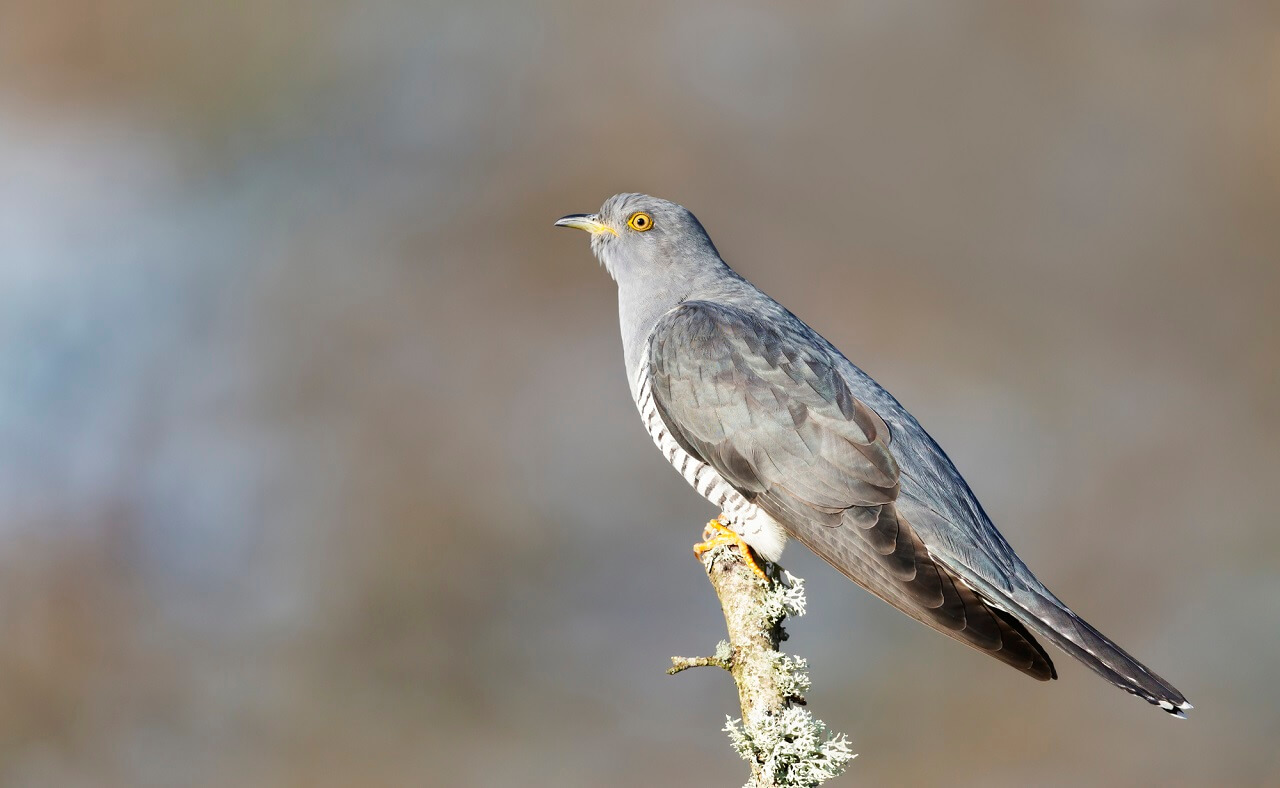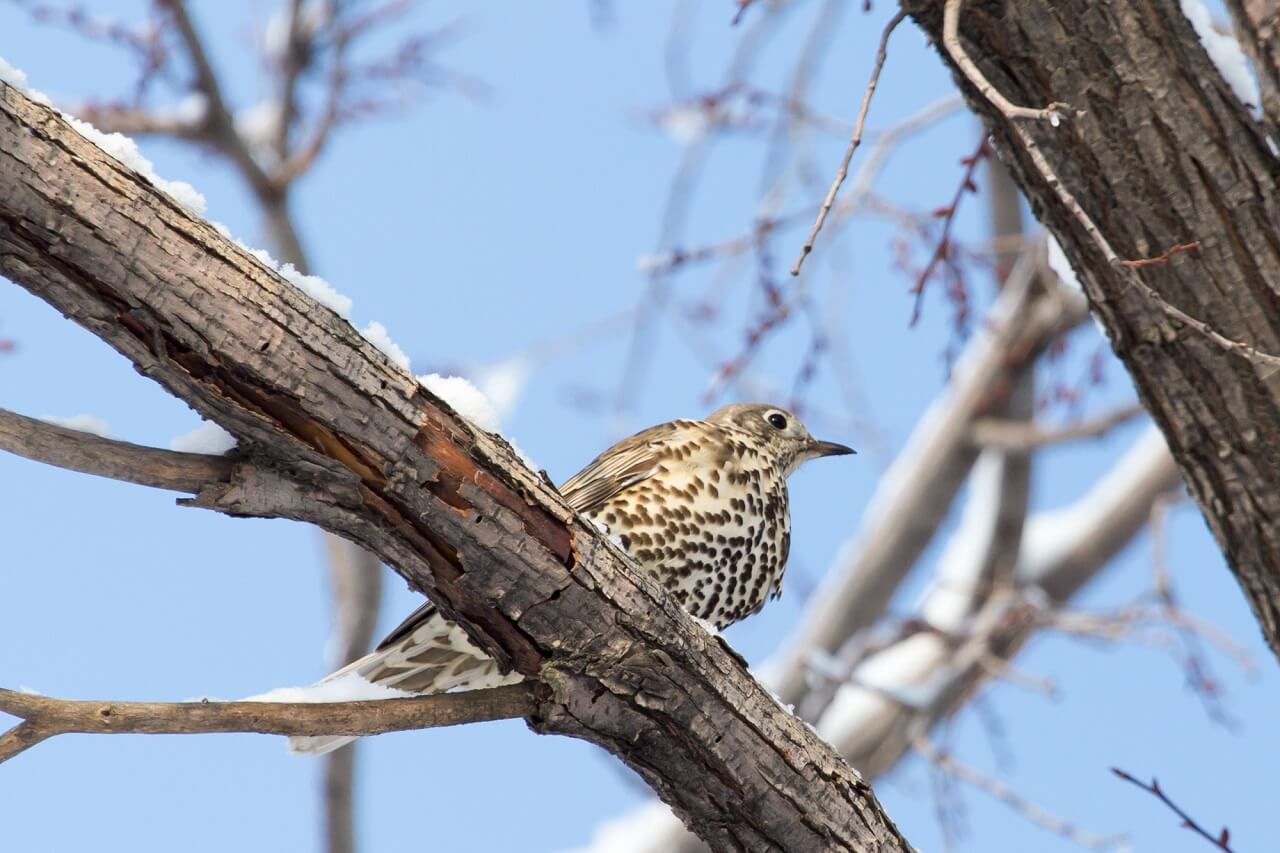Cuckoo birds can be found throughout the world, but they aren’t found in their native habitats in every season. So, where do cuckoos go in the winter? What are their migration habits, why do they migrate, and how far are they willing to travel to reach their destination?
Keep reading! In this article, we’ll answer all of these questions and more.
What You'll Learn Today
How Long Do Cuckoos Stay in the U.S.?

There are three main species of cuckoo found in the U.S., two of which are known to migrate. These are the American yellow-billed cuckoo and the black-billed cuckoo.
Both American yellow-billed and black-billed cuckoos migrate to Center and South America during the winter. Those that live far in the north may simply move to the southern parts of the U.S. rather than going all the way to South America.
The elusive mangrove cuckoo, the third species in the U.S., is only found in swampy regions along the coast of Florida. This species is believed to stay put year-round, as no migrational habits or patterns have ever been observed.
As a general rule of thumb, cuckoos stay in their native habitat as long as the weather is warm. When they can sense the seasons changing, they will begin their migration southward, seeking milder climates.
Regardless of where they are found in the world, cuckoos generally head south in late fall and will head back north in late spring. The same is true of both migrating species found in the U.S.
Where Do Cuckoos Migrate?
Cuckoos have different routes of migration depending on where they’re found in the world.
Cuckoos with a native habitat in Africa will travel into parts of Europe and Asia during the summer months. Those living in the southern regions of Asia will migrate into Australia.
As noted above, North American cuckoos often migrate to Central and South America. Even the black-billed cuckoos, which live as far north as southern Canada, will migrate to the warmer tropical areas of Central and South America during the winter.
Yellow-billed cuckoos are not as widespread in Canada, but their natural range extends further south into Mexico. Most yellow-billed cuckoos also migrate further south, diving deep into the interior regions of South America in search of warmer climates.
Why Do Cuckoos Migrate?

There may be several different reasons for cuckoos’ migration habits.
Like many birds, they migrate in search of warmer climates during the cold winter months and cooler climates in the hot summer months. They migrate to avoid temperature extremes that put undue stresses on their bodies and make it harder to reproduce.
For this reason, cuckoos migrate to different areas in search of better breeding conditions. For example, some, being brood parasites, may want to lay their eggs in the nest of a specific species of bird that isn’t native to their own habitat.
Cuckoos may also migrate to search for a better supply of food. They feed primarily on insects, especially caterpillars, which may be unavailable in colder regions during the winter.
Another possible reason for migrating is to avoid predators. If cuckoos stayed in the same place at all times, the region could become overpopulated, thus attracting predatory animals to the area.
Lastly, cuckoos may migrate simply because they prefer milder weather. The common cuckoo, for example, will arrive in Europe in April or May, beating the heat in Africa; they will then start heading back by September before Europe becomes too cold.
How Far Do Cuckoos Migrate?
The exact distances a cuckoo may travel during migration are not fully known, but some have been tracked over great distances.
According to the BBC, one cuckoo was satellite-tracked on its journey from Zambia to Mongolia–a distance of more than 7,500 miles. This distance is considered one of the longest migration routes by any animal ever recorded.
While not all cuckoos travel this far, it isn’t uncommon for them to travel upwards of two or three thousand miles to reach their destination.
Check out the following video to learn more about tracking techniques used to tag cuckoos and other migratory birds.
Migrating cuckoos generally travel at night and high up in the atmosphere to avoid predators. Their tendency to fly high may also help them conserve energy, as they are often able to ride strong winds further up in the atmosphere.
Cuckoos have been known to travel great distances over oceans and large bodies of water without stopping. They often arrive at their destination weak and needing an immediate supply of food.
Do Cuckoos Return to the Same Place?
In a general sense, cuckoos migrate to and from the same regions year after year. In fact, even juvenile cuckoos, who have never migrated before and have no adults to show them what to do, will usually instinctively travel to the same general areas where other cuckoos have migrated.
Cuckoos don’t always return to the same area where they were born, as each bird tends to seek out its own territory. That said, they don’t usually stray too far from where they were raised, sometimes even returning to lay their own eggs in the same nest where they were born.
Conclusion
Cuckoos migrate toward milder climates. In the Northern Hemisphere, they will generally head south during the winter and back north during the summer.
Cuckoos are known for traveling great distances to reach their seasonal homes. One cuckoo was tracked for over 7,500 miles.
It is surprising to know that these small birds can fly that long :O